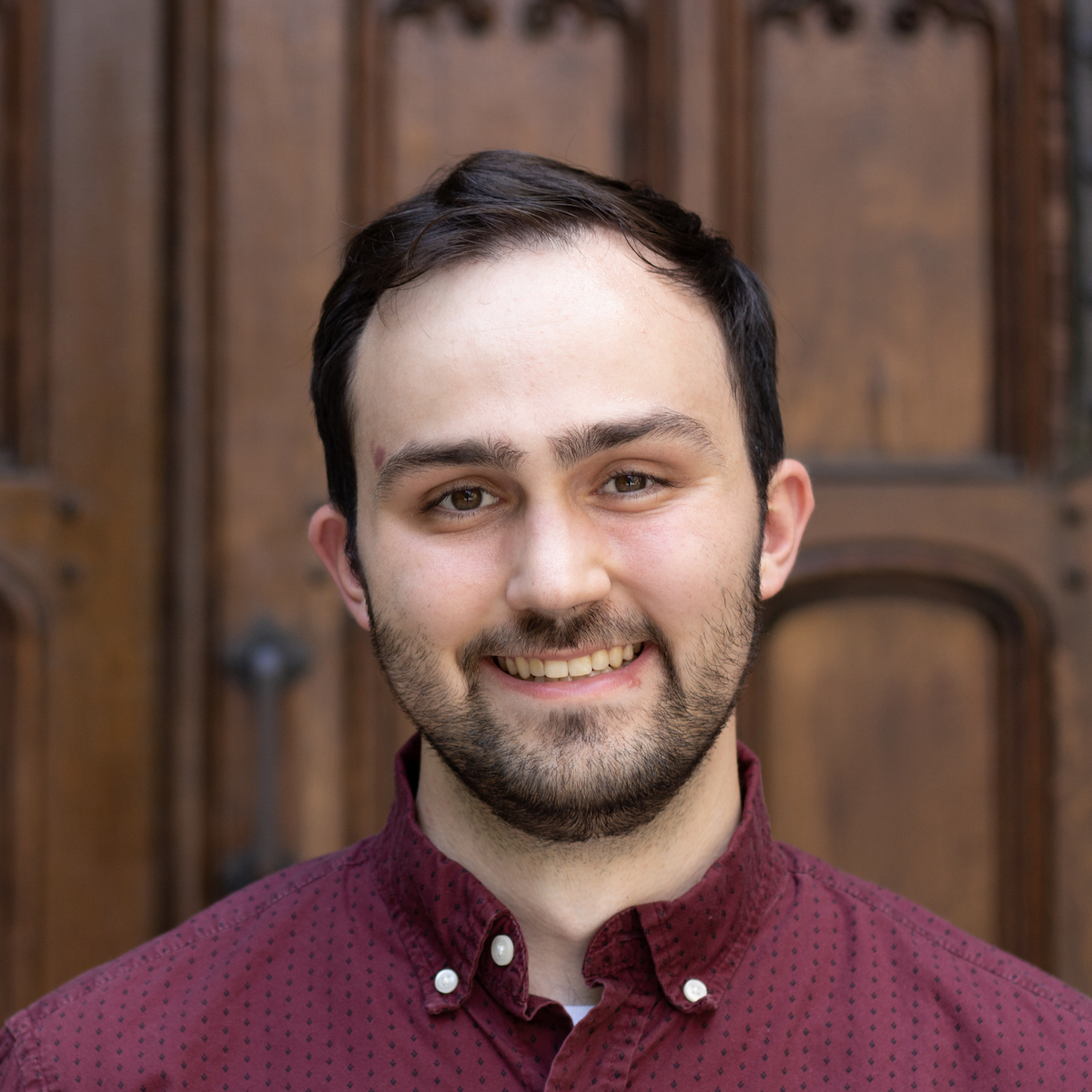About Me
I am a data scientist with experience developing image processing, segmentation, and classification tools for image data. I completed my Ph.D. in Medical Physics at the University of Chicago in 2021. My work there involved developing computer vision and image registration tools for validation studies between multiple preclinical imaging modalities including synchrotron x-ray microCT, diffusion MRI tractography, fluorescence microscopy, and electron microscopy. Now at Waters Corporation, I work as a Data Engineer developing machine learning tools and software for processing and exploring mass spectrometry and liquid chromatography data.
Projects
Braingraphgeo
Python package for performing analysis on structural brain networks using random geometric surrogate graphs.
Fiberorient
Python package for extracting and visualizing the orientations of local structures in 3D imaging data using structure tensor analysis.
Experience
Waters Corporation
Senior Data Engineer, 2022 - Present
University of Chicago Committee on Medical Physics
Graduate Research Assistant, 2016 - 2021
University of Florida Advanced Laboratory for Radiation Dosimetry Studies
Undergraduate Research Assistant, 2013 - 2016
Latest News
Award: Best thesis
I received the Best Thesis award from my graduate program.
New preprint: Model-based vs. model-free myelin imaging
My latest manuscript uses model-free analysis of echo-planar spectroscopic imaging to show that fitting data to common biophysical models lowers myelin classification performance.
New position: Data Engineer at Waters Corporation
I have been hired as a Machine Learning Intern at Waters Corporation, where I will be developing python web apps for mass spectrometry imaging.
Ph.D Thesis defense
I successfully defended my thesis entitled "Multi-modal validation of MR microstructure imaging in the mouse brain.
New paper: Geometric bias in mouse brain networks from diffusion MRI
My new manuscript uses graph theory and optical tracer imaging to show that many properties of structural mouse brain networks measured with diffusion MRI can be largely explained through their spatial embedding alone, revealing geometric biases in diffusion tractography.
Skills
Programming
Python (NumPy, Pandas, Scikit-learn, Matplotlib, Bokeh, Keras, TensorFlow, PyTorch), Bash, MATLAB, SQL, R, C++
Analysis
Computer vision, machine learning, image segmentation, network analysis
Tools
git, Docker, AWS, Jupyter, GNU Emacs, LaTeX
